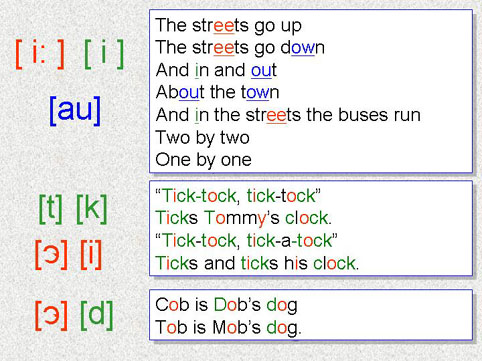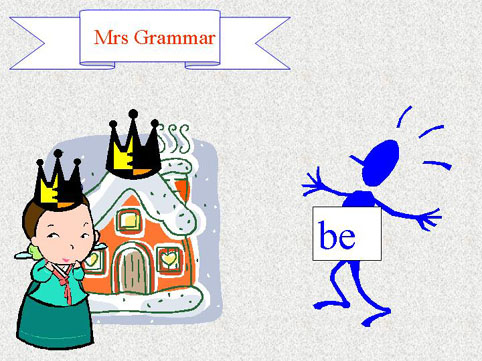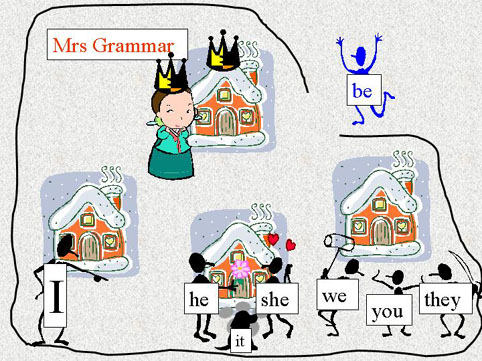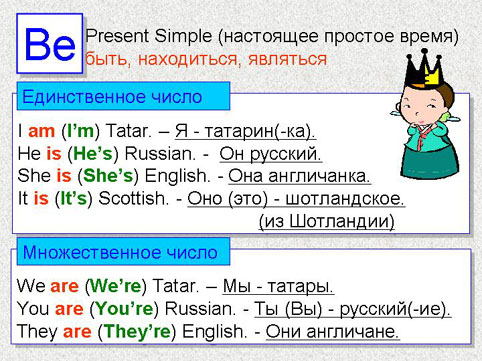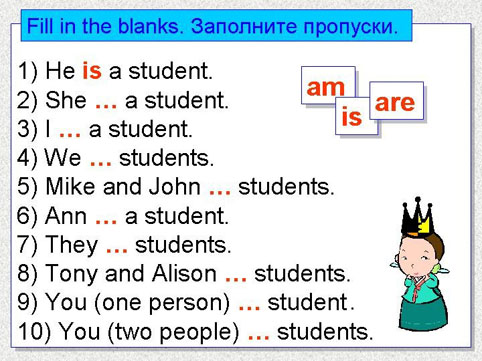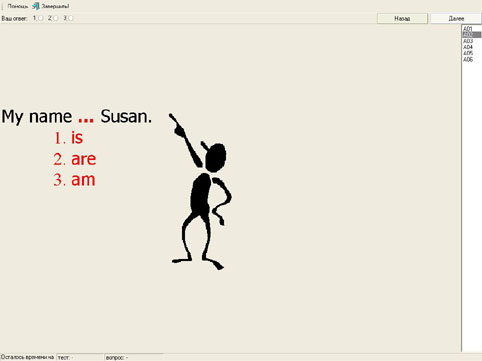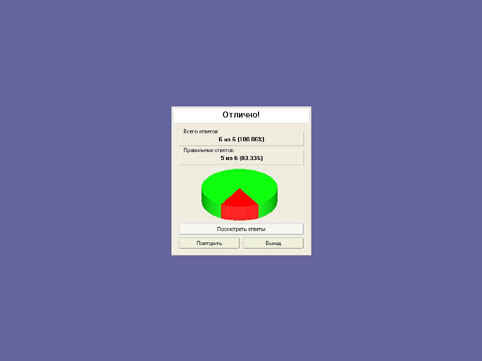1. Организационный момент.
T- Hello, my friends.
P- Good afternoon, good afternoon, good afternoon to you
Good afternoon, good afternoon
We are glad to see you.
T- I am glad to see you too.
T- How are you feeling today?
P-Very well, thank you.
T- How are you getting on?
P- I am OK.
T- Are you in a good condition?
P- Yes, I am. I am in a good condition.
2. Лексическая зарядка.
T- I wonder, what is your favourite colour?
P- My favourite colour is …
T- What is your lucky number ?
P- My lucky number is … .
T- What is your telephone number?
P- My Telephone number …
T- What is your favourite fruit?
P- My favourite fruit is …
3. Фонетическая зарядка. [2.1]
T – Look at the blackboard. Let’s remember some sounds. What are the sounds?
(на экран проектора выведены звуки и тексты рифмовок (Рисунок1)).
T – Repeat after me (ученики повторяют вслед за учителем):
P – [i:] [i] [au]
The streets go up
The streets go down
And in and out about the town.
And in the streets the buses run
Two by two
One by one.
P – [t] [k] [i] [![]() ]
]
“Tick-tock, tick-tock.”
Ticks Tommy’s clock.
“Tick-tock, tick-tock”,
Ticks and ticks his clock.
P – [![]() ]
[d]
]
[d]
Cob is Dob’s dog
Tob is Mob’s dog.
T – That’s OK.
Рисунок 1
4. Объявление задач урока. Активизация пройденного материала. Проверка домашнего задания.
T – In this lesson I am going to invite you to Mrs Grammar’s Kingdom. This is our Mrs Grammar. And this is her Kingdom. (Рисунок2). In this Kingdom we are meeting with the verb to be. But Mrs Grammar is very strict, and she will let us into her kingdom, if we show her our knowledge. In the last lesson we began to study the UK (The United Kingdom of Great Britain). I asked you to learn by heart the parts of Great Britain. Now let’s imagine that we are from Great Britain. Let’s repeat these parts. Repeat after me.
( ученики повторяют вслед за учителем).
– I am from England. I am English
– He is from Scotland. He is Scottish.
– She is from Northern Ireland. She is Irish.
– We are from Wales. We are Welsh.
T – Will you answer my questions?
- Where are you from?
- I am from Scotland.
- Where is Bob from?
- He is from England.
- Are you from Wales?
- Yes, I am.
- Where is Ursula from?
- She is from Northern Ireland.
Рисунок 2
5. Объяснение нового грамматического материала.
T – I think that Mrs Grammar liked your answers and she will let us into her magic Kingdom of the English grammar.
T – Listen to me very attentively. I shall tell you a fairy-tale.
(На проекторе по ходу рассказа сказки учитель показывает сказочных персонажей (Рисунок3)).
Рисунок 3
- Once upon a time there was a small town with 3 houses. The Mrs Grammar operated the town.
“I” lived in the 1st house, “he”, “she” with their puppy “it” lived in the 2d house, ”we”, ”you”, “they” lived in the 3d house.
One day the verb “be” has come to this town and wanted to make friends with inhabitants of this town. “Be” gave a knock on the small house where lived “I” and told: “Hello, my name is Be, let’s be friends”. But “I” has answered:” Go away. I don’t like you”.
“Be” was unkindly accepted in two other houses. But “be” didn’t want to be alone. And in tears “be” has come to Mrs Grammar and told the trouble. Mrs Grammar was very kind and decided to help “be” and she told:’ Let’s play them a trick”. Have a look. There is a snack full of masks and clothes! Change clothes!”
“Be” has changed the clothes and became a verb “am”. In such kind “be” has come to “I” and with pleasure was accepted. In a similar way “be” has changed clothes 2 times, became “is” and “are”. ”Be” has made friends with all inhabitants of this town.
(На экране показаны формы вспомогательного глагола to be с разными местоимениями (Рисунок4)).
Рисунок 4
T – Am, is, are- это все тот же глагол be, только “переодетый”.Для местоимения I он надевает форму am, а для he, she,it- форму is, для we, you, they – форму are. Дословно be переводится как “быть, находиться, являться” и является глаголом-связкой между подлежащим и сказуемым. Обратите внимание на предложение: “I am Tatar”. Если дословно перевести это предложение, то это будет звучать “Я есть (являюсь) татарин(-ка)”. Это значит, что при переводе на русский язык мы будем обращать внимание на построение предложения. В предложении “Я - русская” знак “тире” говорит о том, что в русском языке давным-давно тоже говорили и выражались “Я есть русский”, или говоря старославянским языком, наши предки говорили с такой связкой “аз есмь”, “ты еси…”. В русском языке сейчас мы так не говорим, а англичане и сейчас используют эту связку. При построении предложений мы не должны пропускать эту связку и употребить правильную форму.
6. Релаксация.
T – Let’s have a rest. Stand up, please.
One, two, three
Hop, hop, hop
One, two, three
Stop.
Stand up
Hands up.
Hands down
Sit down.
7. Закрепление пройденного материала.
1) (Это задание выводится на экран с помощью проектора. Выполняется всем классом устно (Рисунок5)).
1) He is a student.
2) She … a student.
3) I … a student.
4) We … students.
5) Mike and John … students.
6) Ann … a student.
7) They … students.
8) Tony and Alison … students.
9) You (one person) … student.
10) You (two people) … students.
Рисунок 5
2) Работа по индивидуальным карточкам в письменной форме.
Fill in the blanks. Заполните пропуски.
- This … Mike. He … from Oxford.
- His family name … Claydon. He … eleven.
- Richard and John … from London. They … pupils.
- They … English.
8. Первичный контроль на персональном компьютере [2.2].
T – Let’s do the test. Take your seats in front of the computer. Press the button “Enter” and fill in the blanks of these sentences. (Рисунок6).
Рисунок 6
Fill in the blanks. Заполните пропуски в предложениях.
1. We … in the sea.
a) am
b) is
c) are
2. My name … Susan.
a) is
b) are
c) am
3. I … in the boat.
a) are
b) am
c) is
4 John … in the sea.
a) am
b) is
c) are
5. It … very, very cold.\
a) am
b) is
c) are
6. We … from England.
a) am
b) is
c) are
9. Итог. Задание на дом.
T – That’s OK. Good of you.
- Have you finished?
- Go back to your places, please. I wonder what marks has the computer given to you. Will you say me your computer marks (Рисунок7).
(проставление оценок теста в журнал).
Рисунок 7
T – Today we have learned the forms of the verb to be in the Present Simple. I hope that you have understood this grammar material. Now open your day-books and write down your homework.(exercise19, page 55, the textbook). Read this comic and pay attention to the forms of the verb to be.
T – The lesson is over. Thank you for the lesson, my friends. Good-bye.
Использованные материалы.
1. Литература.
2. Разработанные программные средства.
